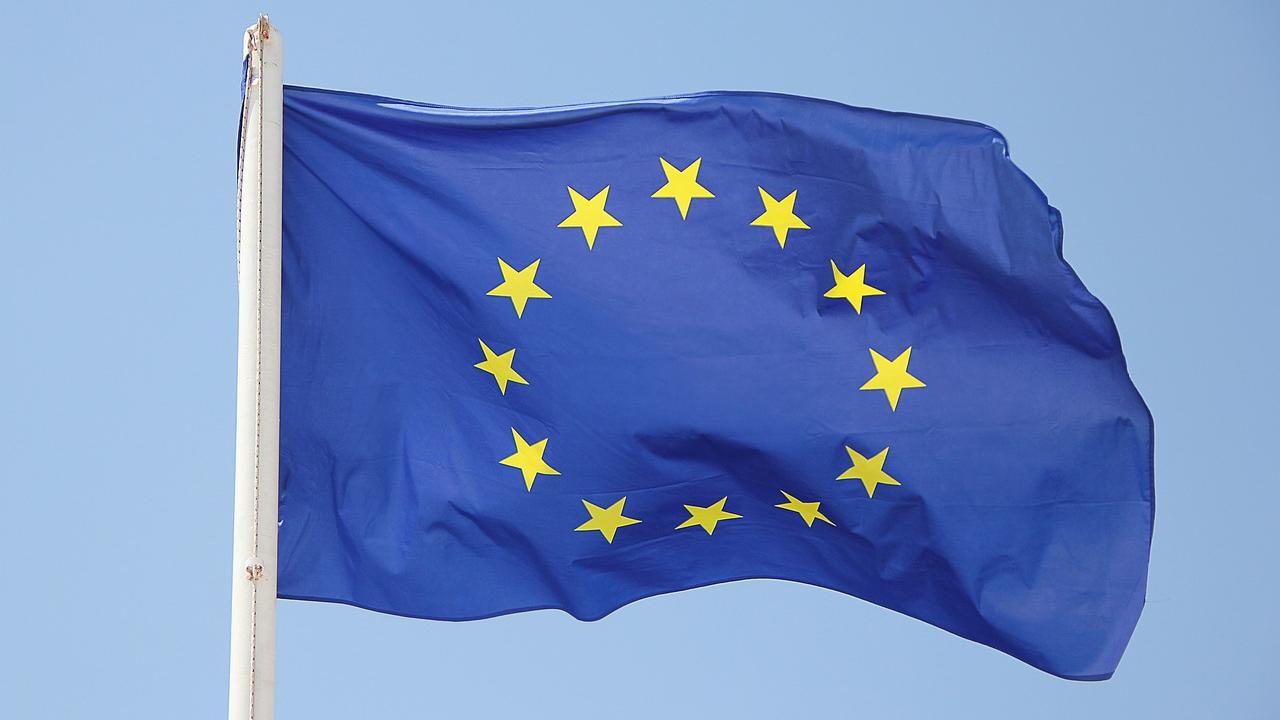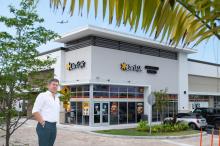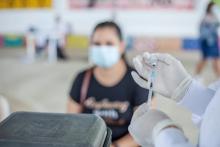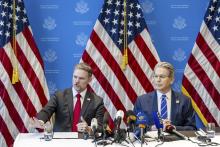
The origin regime is the set of rules that regulate the access of marketed products to tariff preferences, such as defining the maximum percentage of imported inputs that a product may contain and defining which document must be presented to the customs authority to prove the originating status of the merchandise.
Mercosur and Chile have updated the rules of origin regime of the economic complementarity agreement between the South American country and the trade bloc composed of Argentina, Brazil, Paraguay and Uruguay, known as ACE-35.
The revision of ACE-35 facilitates trade between signatory countries, as it brings it closer to international best practices, such as self-certification and the inclusion of important concepts in the definition of the origin of goods, such as the replacement of the concept of "direct shipment without alteration", according to which operators can use distribution centres located in other countries, provided that there is customs control.
The new ACE-35 origin regime will constitute a new additional protocol and will enter into force 60 days after the competent authorities are informed of compliance with the internal legal provisions for its entry into force.
The origin regime is the set of rules that regulate the access of marketed products to tariff preferences, such as defining the maximum percentage of imported inputs that a product may contain and defining which document must be presented to the customs authority to prove the originating status of the merchandise.
The revision of the ACE-35 origin regime included the concept of maximum content of non-originating materials that can be used in the production of a good to qualify as originating, including for goods in the bilateral appendix dealing with automotive products.
In relation to the automotive sector, there was a 10 percentage point relaxation in the maximum value of non-originating materials, from 40% to 50%. Thus, both for vehicles and auto parts, products must comply with the maximum value of non-originating materials of 50% to be considered originating in the member countries.
There has also been a harmonisation of several specific requirements of origin (REO), for example, as regards the harmonisation of rules for products in the chemical sector. These measures bring with them gains in the scale of production and greater competitiveness for companies.
ORIGIN CONTROL, GREATER AGILITY
In terms of verification and control of origin, the new provisions agreed upon allow customs authorities in importing countries to conduct, when they consider it necessary and sufficient, direct consultations with producers or exporters, without the need to open a formal origin investigation procedure.
In this way, it will be possible, in these cases, to release commercial operations in doubt more quickly, reducing the burden on exporters and importers, as well as reducing the administrative cost for governments.
Still within the scope of customs procedures, the new text brings the possibility of replacing the proof of origin when the customs of the importing country considers it necessary, allowing the material truth of the facts to be sought and not having formal concerns with the proof of origin, as occurs with the current regime.
Formal errors in proofs of origin cannot therefore disqualify the origin of a good. In such cases, the operator may rectify such formal error by means of a simple clarification or possibly by submitting a new proof of origin to replace the previous one.









